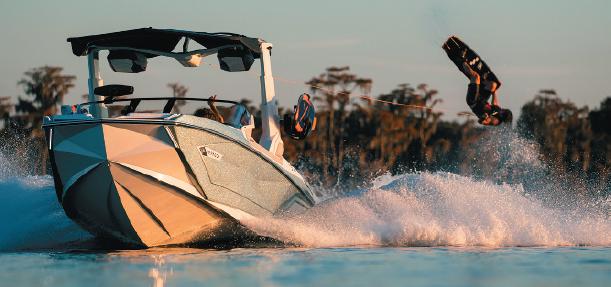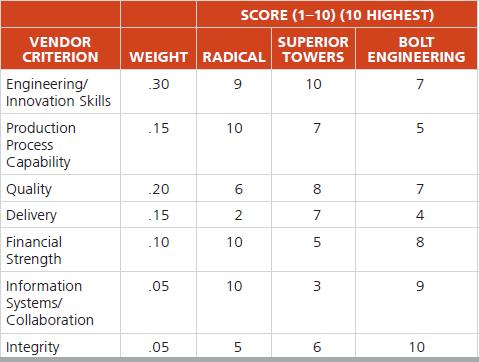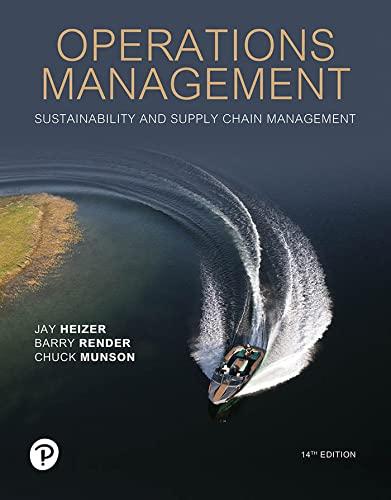Like most manufacturers, Nautique Boat Company, the premier manufacturer of ski boats, wakeboard boats, and wake surfing
Question:
Like most manufacturers, Nautique Boat Company, the premier manufacturer of ski boats, wakeboard boats, and wake surfing boats, finds that it spends most of its revenue on purchased items. This is particularly reflected in its high-dollar purchases for engines ($43 million per year), fiberglass/resin ($13 million), and towers† ($11 million). Moreover, ongoing changes in colors, along with sundry innovations in materials for upholstery, audio, and instruments, require constant communication between Nautique and its suppliers. Nautique has noted that the more collaboration it can establish with its suppliers, the more both parties benefit. It finds that tight relationships with suppliers that reflect the desired innovation, quality, and timely delivery are a necessary part of its differentiation strategy. Nautique even sends its engineers to suppliers to help them improve design,
efficiency, and quality. President Greg Meloon believes these relationships are critical to Nautique’s leading edge in design and performance. Steve Carlton, Chief Designer and Director of Product Design and Development, initiates the desired innovation and collaboration with suppliers by having a purchasing agent imbedded in his department. This allows early and frequent communication with existing, new, and potential suppliers. With the strong innovative element inherent in Nautique boats, this early interface is not just desirable, but critical. Additionally, Materials and Supply Chain Manager Drew Pope realizes supplier selection is a critical task. Consequently, he formalizes that process by using a factor-weighting technique to help him clarify the vendor selection decision. For more stable products Nautique has joined a dozen or so other boat manufacturers in a purchasing group known as the American Boatbuilders Association (ABA). This association aggregates the purchases of these boat builders, negotiating primarily for volume pricing. Drew has also developed contractual relationships with local vendors that deliver many standard items such as hardware and fasteners (often classified as “C” items) to deliver items directly to storage areas adjacent to the assembly line. Nautique employees have direct access to these areas, which are often referred to in a manufacturing environment as “manufacturing supermarkets.” Title typically transfers when the items are delivered to the property. This practice tends to drive down total inventory and the cost of that inventory, as well as avoiding large lot deliveries.
Discussion Questions1. What other techniques might Nautique use to improve supply chain management?2. What are the difficulties one might expect as Nautique attempts to establish collaborative relationships with suppliers?3. Why is the supply chain such an important element of Nautique’s strategy and ultimate economic performance?4. Referring to the table, which vendor for towers would Drew select?
Step by Step Answer:

Operations Management Sustainability And Supply Chain Management
ISBN: 9780137476442
14th Edition
Authors: Jay Heizer, Barry Render, Chuck Munson





